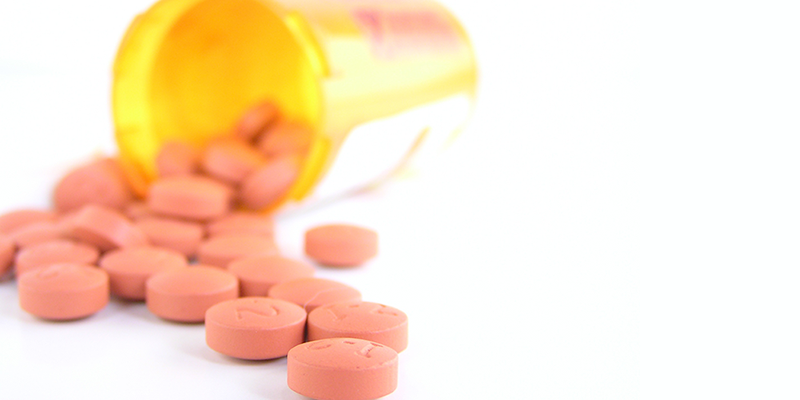In our last post we talked specifically about orphan drugs that are small molecules. In this post I’ll address the orphan drugs that are biologics. They behave differently:
 There’s a possible increase in cost/year around 2006 but it doesn’t seem to remain constant. It could be simply that 2006 was an unusual year and when you eliminate them as outliers you see that biologics remain constant. Maybe there’s another confounding variable that hasn’t been examined? In other words, maybe cost isn’t a function of time but of something else?
There’s a possible increase in cost/year around 2006 but it doesn’t seem to remain constant. It could be simply that 2006 was an unusual year and when you eliminate them as outliers you see that biologics remain constant. Maybe there’s another confounding variable that hasn’t been examined? In other words, maybe cost isn’t a function of time but of something else?
There seems to be some disagreement about what constitutes a biologic. For this analysis, I considered anything that required fermentation/incubation in live organisms: yeast, Cho cells, etc. Proteins are great. But why bother trying to chemically synthesize a 100kDa protein from scratch when cells can conveniently manufacture it for you?
When you compare cost of biologics to their molecular mass, you end up with an interesting relationship:
 As molecular weight increases, cost per patient per year increases. This makes sense if you think about the economics of it. Bigger biologics are ostensibly harder to produce. Things that require more energy or time to produce drive a larger premium. It’s important to note two major outliers, one at ~7kDa and one at ~55kDa. While most of the other molecules in this graph are proteins, the 7kDa molecule is Kynamaro, a chemically modified RNA antisense drug used to treat homozygous familial hypercholesterolemia. The 55kDa molecule is Naglazyme, an ERT for treating Maroteaux–Lamy syndrome. The estimated cost per patient per year by it’s manufacturer is approximately ~$350k. However, according to our own analysis, as well as this one in Forbes, the rate could exceed ~$1M a year.
As molecular weight increases, cost per patient per year increases. This makes sense if you think about the economics of it. Bigger biologics are ostensibly harder to produce. Things that require more energy or time to produce drive a larger premium. It’s important to note two major outliers, one at ~7kDa and one at ~55kDa. While most of the other molecules in this graph are proteins, the 7kDa molecule is Kynamaro, a chemically modified RNA antisense drug used to treat homozygous familial hypercholesterolemia. The 55kDa molecule is Naglazyme, an ERT for treating Maroteaux–Lamy syndrome. The estimated cost per patient per year by it’s manufacturer is approximately ~$350k. However, according to our own analysis, as well as this one in Forbes, the rate could exceed ~$1M a year.
However, small molecules don’t show the trends of cost/weight that biologics do:
 As we saw in our last blog post, they are driven by something else. Stay tuned for the next installment of our analysis on prices in the orphan drug monogenic disease space.
As we saw in our last blog post, they are driven by something else. Stay tuned for the next installment of our analysis on prices in the orphan drug monogenic disease space.


